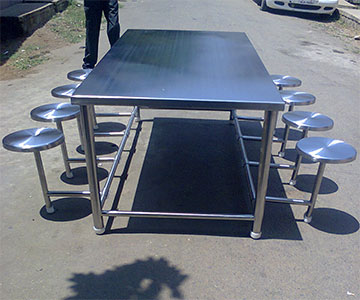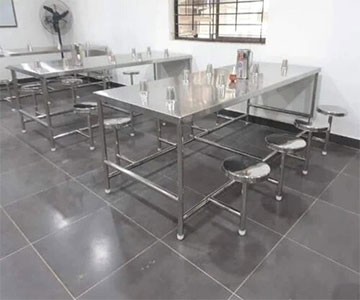SS COMMERCIAL KITCHEN EQUIPMENTS

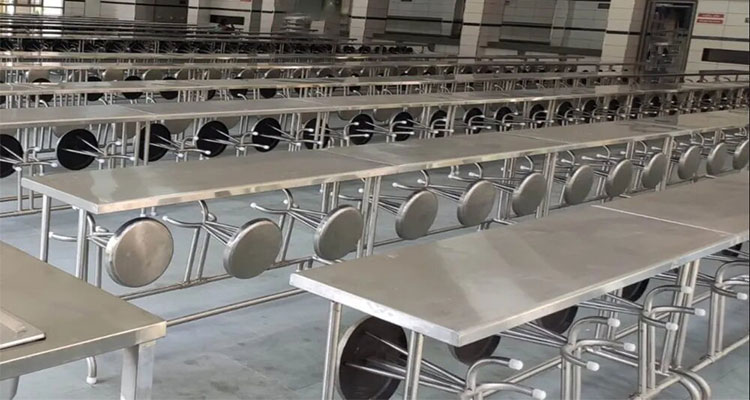
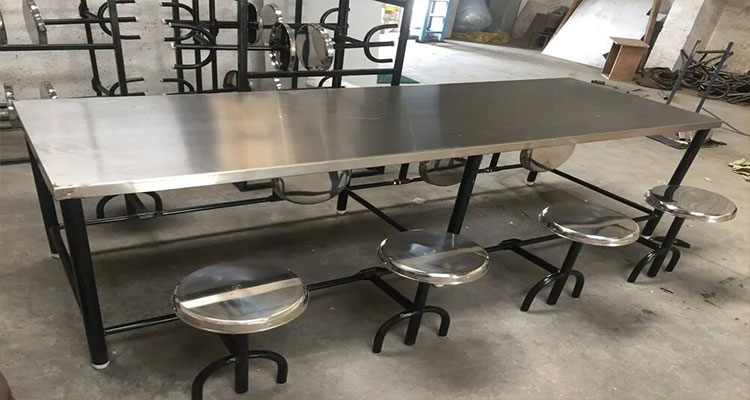
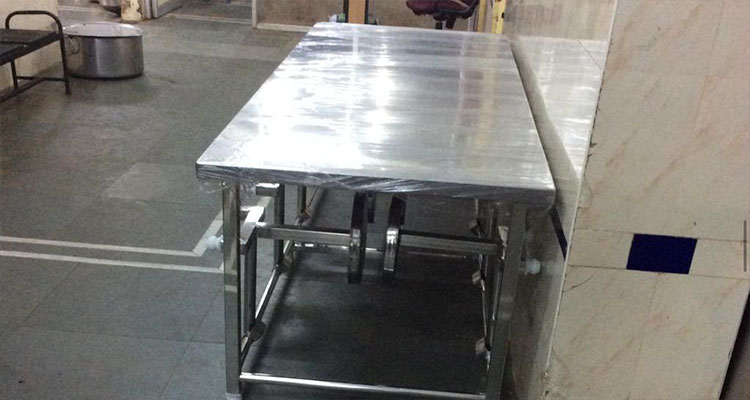







Restaurant dining chairs made of stainless steel are strong, stylish seating options that blend contemporary design with practicality. These chairs are perfect for commercial environments where longevity and hygienic conditions are crucial, as they are made of corrosion-resistant stainless steel. They are a prudent investment for busy dining establishments because of the material's inherent strength, which guarantees resilience against daily wear and tear.
Because of their many advantages, stainless steel restaurant dining chairs are a popular option for establishments looking for both style and durability. First of all, even in heavily trafficked areas, their sturdy construction guarantees longevity by fending off corrosion and wear. Because of their minimal maintenance requirements, their durability results in cost savings.
Stainless steel chairs also encourage hygiene in dining areas because they are simple to clean. Their streamlined, contemporary style lends refinement to any restaurant's ambience and makes it feel more welcoming to customers. Moreover, stainless steel chairs are stackable and lightweight, making it simple to store and rearrange seating configurations. In the end, selecting dining chairs for restaurants made of stainless steel improves both appearance and functionality.
Made of premium stainless steel, the SS hotel dining table adds a modern and chic touch to hotel dining areas. The SS dining table, which is renowned for its strength and modern style, improves the overall appearance of hotel restaurants. Because of its corrosion-resistant stainless steel construction, it can be used in a hospitality setting for an extended period of time.
Because of its smooth surface, it is simple to keep up perfect hygiene standards. In addition to being practical, the SS hotel dining table exudes an elegant and modern atmosphere, which enhances the dining experience for visitors. Because of its understated yet elegant appearance, upmarket hotels looking to leave a lasting impression frequently choose for it.
Dining tables of superior quality for the hospitality sector are the speciality of SS Hotel Dining Table Manufacturers. Because of its strength, ability to withstand corrosion, and elegant appearance, stainless steel is the material of choice for these manufacturers. Because of their durability and refined appearance, stainless steel dining tables are a common choice for hotels.
In order to provide the ideal fusion of style and functionality, these manufacturers frequently modify their designs to suit the unique requirements and tastes of hotel operations. The SS Hotel Dining Table Manufacturers enhance the overall guest experience by designing warm and durable dining areas for hotels through their dedication to quality craftsmanship and precision engineering.
Canteen tables and chairs play a pivotal role in shaping the social dynamics and overall ambiance of communal spaces within educational institutions, workplaces, and various other settings. Beyond their utilitarian function of providing seating and dining surfaces, these seemingly mundane pieces of furniture contribute significantly to fostering a sense of community, promoting social interaction, and enhancing overall well-being.
The canteen, often regarded as the heart of social activity, is a space where individuals from diverse backgrounds converge to share meals, ideas, and experiences. The design and arrangement of canteen tables and chairs directly impact the ease of social interaction. Circular or communal seating arrangements, for instance, promote inclusivity and facilitate group conversations. The absence of physical barriers encourages spontaneous discussions, idea exchange, and the formation of bonds among individuals who may not have interacted otherwise.
The importance of ergonomic design in canteen furniture cannot be overstated. Comfortable chairs and appropriately sized tables contribute to an environment conducive to relaxation and enjoyable meals. Proper ergonomics not only enhance the overall dining experience but also positively impact the physical well-being of individuals, reducing discomfort and promoting better posture.
The aesthetics of canteen tables and chairs contribute to the overall atmosphere of the space. Thoughtfully chosen colors, materials, and designs can create a welcoming and aesthetically pleasing environment. A visually appealing canteen encourages individuals to spend more time in the space, fostering a sense of attachment and community. Moreover, the design of the furniture can reflect the values and identity of the institution or organization, creating a cohesive and unified visual identity.
Canteen furniture that is adaptable and flexible in its arrangement adds another layer of functionality to the space. Modular tables and chairs allow for different configurations to accommodate varying group sizes and events. This adaptability ensures that the canteen can serve multiple purposes, from casual meals to collaborative work sessions or community events.
Beyond promoting social interactions, canteen tables and chairs contribute to the health and well-being of individuals. The availability of comfortable seating and well-designed eating spaces encourages people to take breaks and nourish themselves adequately. This, in turn, has a positive impact on productivity, concentration, and overall job or academic performance.
In conclusion, the significance of canteen tables and chairs extends far beyond their basic functionality. These elements of furniture are integral to the creation of communal spaces that foster social interaction, support well-being, and contribute to the overall atmosphere of an institution or organization. Recognizing the importance of thoughtful design, ergonomics, and adaptability in canteen furniture is essential for creating environments that nourish both body and mind, promoting a sense of community and enhancing the overall experience of shared spaces.
